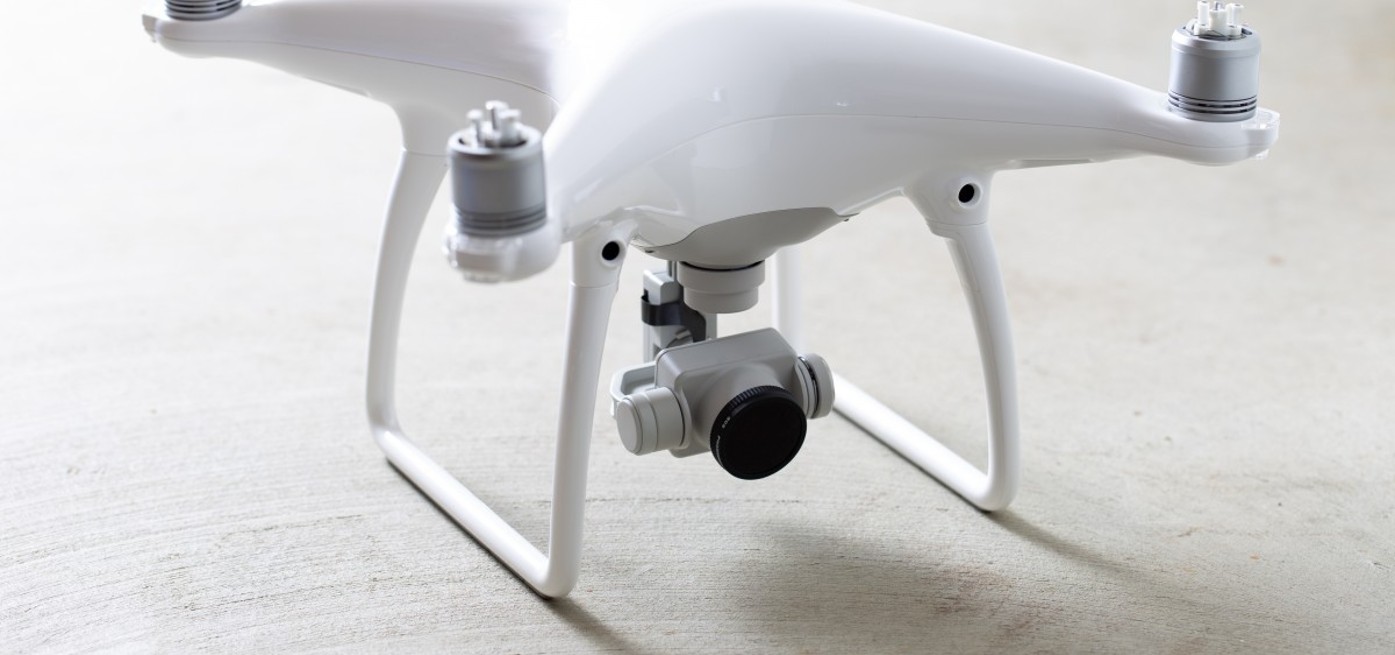
How to Build a GPS Jammer at Your Home
Here’s a step by step guide on how to build your own GPS jammer. Below are the main steps we are going to introduce in

In this article, we will delve into the origins and applications of the car-mounted frequency interference device, a remarkable tool that has gained significant attention. Initially designed for prison settings, this device was created to ensure information security and privacy within the confines of correctional facilities. However, its utility has expanded beyond prisons, finding relevance in various scenarios where signal interference is required.
The primary purpose of the car-mounted frequency interference device was to isolate communication signals between prisons and the outside world, thereby safeguarding the integrity of information within the prison walls. During the initial stages of its development, the world was still in the era of 2G technology. Although there were three major telecommunications operators in China, all mobile phones operated on the second-generation network communication technology. The communication frequencies used by different manufacturers were relatively similar. The ability of mobile phones to make and receive calls relied heavily on the support of communication base stations. Upon powering on, a mobile phone would automatically connect to the nearest base station, which would then direct the phone’s communication. Therefore, if a prison wished to disrupt communication between inmates and the outside world, a simple solution was required.
The answer to disrupting communication was surprisingly straightforward – a machine emitting noise at the same frequency as mobile phones. When a base station attempted to connect with a phone, it would encounter a distorted and unrecognizable signal due to the interference generated by the car-mounted frequency interference device. Consequently, the base station would reject any communication attempts from the phone. This principle formed the basis for the development of the car-mounted frequency interference device, which proved to be a highly effective tool for prisons. By equipping a few of these devices, prisons could disrupt mobile phone communication within their premises.
As the need for signal interference grew, the applications of the car-mounted frequency interference device expanded beyond prison settings. Various scenarios, such as examination halls, military operations, and confidential meetings, required the prevention of unauthorized communication. The device’s ability to disrupt signals within a specific range made it an invaluable tool in maintaining security and privacy. With advancements in technology, the car-mounted frequency interference device has evolved to adapt to different frequency bands and interference levels, ensuring its effectiveness in diverse environments.
The car-mounted frequency interference device, initially designed for prison settings, has proven to be a versatile tool in maintaining information security and privacy. Its ability to disrupt communication signals within a specific range has found relevance in various scenarios beyond prisons. As technology continues to advance, it is likely that the car-mounted frequency interference device will further evolve to meet the ever-changing demands of signal interference.
Our frequency checker tool will help you check all frequency bands used in all country.

Here’s a step by step guide on how to build your own GPS jammer. Below are the main steps we are going to introduce in

In today’s digital age, our lives are more connected than ever before. We rely on our smartphones for communication, entertainment, and information. However, with this

Signal jammers are devices that deliberately transmit signals on the same frequencies as telecommunications and GPS devices, such as mobile phones, GPS trackers, and even

Understanding Signal Blocker: How It Works and Its Applications Signal Blockers are devices that can disrupt mobile phone signals, preventing them from connecting to base

The Application and Benefits of High-Power Signal Jammers Enhancing Signal Blocking Efficiency in Various Environments In today’s technologically advanced world, the need for effective signal

Considerations for Purchasing Exam Room Signal Jammers Ensuring Effective Signal Jamming for Exam Integrity As the year approaches its end, many schools are preparing for

The Importance of Monitoring and Signal Interference Measures During Examinations During examination periods, it is crucial to closely monitor the examination venues and their surrounding

Selecting the Appropriate Cell Phone Jammer for Theaters and Auditoriums Overcoming Challenges in Installation and Maximizing Signal Disruption The Importance of Cell Phone Jamming in

Remote Control of Cell Phone Jammers via Smartphone: A Possibility? With the rapid development of the Internet of Things (IoT), numerous smart home devices have

Supplying high quality signal jamming devices since 2010. The only jammer store you can trust.
Jammer Master © 2024. Premium Signal Jammer Supplier Since 2010.